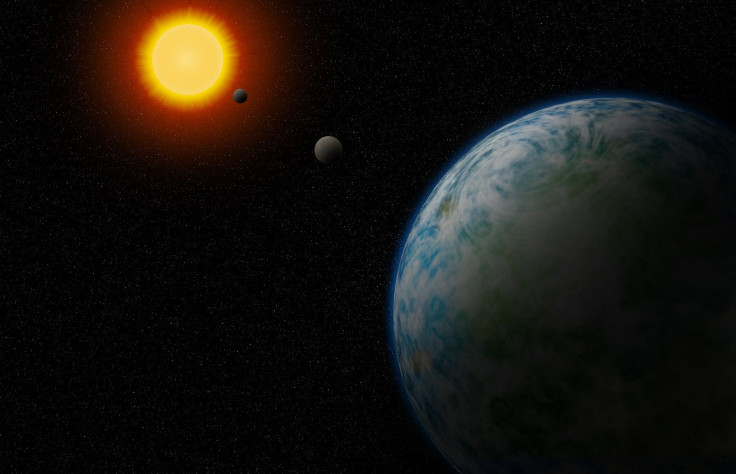Surprising Number Of Earth-Like Exoplanets In Milky Way Galaxy Revealed By Study
KEY POINTS
- Astronomers provided an estimated regarding the possible number of Earth-like exoplanets in the galaxy
- The astronomers used the data collected by NASA's Kepler Space Telescope for their study
- There could be 0.18 Earth-like exoplanets per Sun-like star in the Milky Way
A team of astronomers was able to provide an estimate regarding the possible number of exoplanets that have Earth-like qualities within the Milky Way Galaxy. The astronomers based their findings on the data collected by NASA’s exoplanet-hunting mission, Kepler.
The new study about Earth-like exoplanets was carried out by astronomers from the University of British Columbia. They presented their findings through a new paper published in The Astronomical Journal.
According to the astronomers, in order to be considered Earth-like, an exoplanet must have a rocky surface and should be about as big as Earth. Also, similar to the blue planet, Earth-like exoplanets orbit Sun-like stars known as G-types within the Goldilocks zone. This zone refers to a range of distances that is not too far or too close to the host star.
By orbiting within the Goldilocks zone, Earth-like exoplanets could have the ideal environmental conditions to support liquid water.
Earth-like planets have been the focus of various exoplanet-hunting missions due to their potential to be habitable. In order to find Earth-like exoplanets, astronomers start by looking for G-type stars.
According to studies, there are about 400 billion stars within the galaxy, with 7% of them being G-types. Initial reports indicated that there are roughly 0.02 Earth-like exoplanets per Sun-like star.
After going through the data collected by NASA’s Kepler Space Telescope, which mainly focused on finding Earth-like alien worlds, astronomers were able to provide an updated estimate regarding the number of exoplanets orbiting G-type stars.
Instead of 0.02, the astronomers estimated that there could actually be 0.18 Earth-like planets per G-type star. This means that there could be about six billion Earth-like exoplanets within the galaxy.
As noted by the astronomers, having an accurate estimate regarding the number of Earth-like exoplanets in the Milky Way could guide future missions.
“My calculations place an upper limit of 0.18 Earth-like planets per G-type star,” Michelle Kunimoto, co-author of the study, said in a statement. “Estimating how common different kinds of planets are around different stars can provide important constraints on planet formation and evolution theories, and help optimize future missions dedicated to finding exoplanets.”

© Copyright IBTimes 2024. All rights reserved.





















